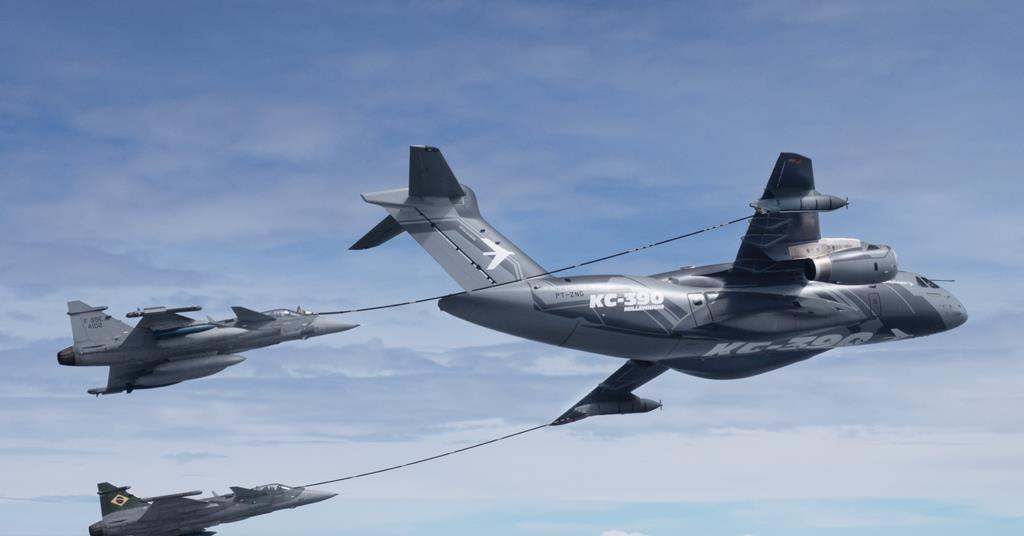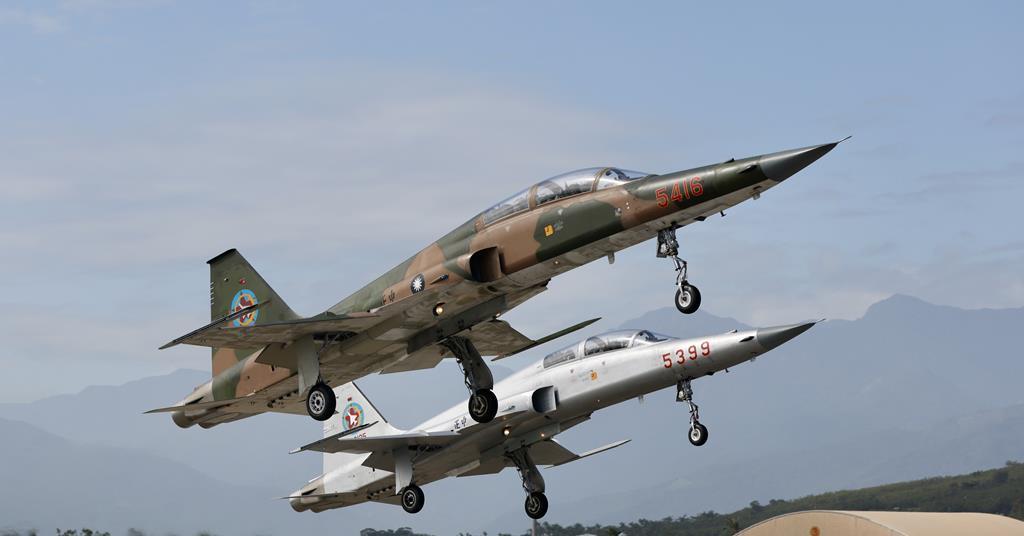Company
Legal Links
Contact
- +44 7947 753363
- contact@skylineairporttransfers.co.uk
- 6 Walsall Street Bilston Wolverhampton WV14 0AT
Recent Posts
© Skyline Airport Transfers. Created by![]() Beaphoenix WebDesign ltd
Beaphoenix WebDesign ltd
Popular Locations:
Birmingham: Aston, Bournville, Edgbaston, Erdington, Great Barr, Hall Green, Handsworth, Harborne, Northfield, Quinton, Soho, Sutton Coldfield, Amblecote, Brierley Hill, Coseley, Cradley, Gornal, Halesowen, Kingswinford, Lye, Netherton, Sedgley, Stourbridge, Quarry Bank, Bearwood, Blackheath, Cradley Heath, Great Bridge, Old Hill, Rowley Regis, Smethwick, Tipton, Tividale, Wednesbury, West Bromwich, Balsall Common, Bickenhill, Castle Bromwich, Chelmsley Wood, Dorridge, Elmdon, Hampton in Arden, Kingshurst, Knowle, Marston Green, Meriden, Monkspath, Hockley Heath, Shirley, Aldridge, Birchills, Bloxwich, Brownhills, Darlaston, Leamore, Palfrey, Pelsall, Pheasey, Shelfield, Streetly, Willenhall, Bilston, Blakenhall, Bushbury, Compton, Ettingshall, Heath Town, Oxley, Penn, Tettenhall, Wednesfield, Burntwood, Lichfield, Cannock, Rugeley, KIDDERMINSTER, Brierly Hill,
STOURPORT-ON-SEVERN
Coventry: Allesley, Binley, Keresley, Stoke, Tile Hill
Leicester: Abbey Rise, Ashton Green, Aylestone, Beaumont Leys, Bede Island, Belgrave, Blackfriars, Braunstone, Braunstone Frith, Bradgate Heights, Clarendon Park, Crown Hills, Dane Hills, Evington, Evington Valley, Eyres Monsell, Frog Island, Goodwood, Hamilton, Highfields, Horston Hill, Humberstone, Humberstone Garden, Kirby Frith, Knighton, Mowmacre Hill, Netherhall, Newfoundpool, New Parks, North Evington, Northfields, Rowlatts Hill, Rowley Fields, Rushey Mead, Saffron, Southfields, South Knighton, Spinney Hills, Stocking Farm, Stoneygate, St. Matthew’s, St. Mark’s, St. Peters, Thurnby Lodge, West End, West Knighton, Western Park, Woodgate
Derby: Matlock, Ripley, Ashbourne, ILKESTON, SWADLINCOTE , BURTON-ON-TRENT, BAKEWELL,
ALFRETON, BELPER, HEANOR
Telford: Market Drayton, Newport, Shifnal, Broseley, Much Wenlock
Stoke: Stoke-on-Trent, Newcastle, Leek, Uttoxeter, Stone, Stafford
Worcester: Worcester, Droitwich, Pershore, Broadway, Evesham, Malvern, Tenbury Wells
Gloucester: Gloucester, Cheltenham, Stroud, Cirencester, Tewkesbury, Badminton, Berkeley, Blakeney, Chipping Campden, Cinderford, Coleford, Drybrook, Dursley, Dymock, Fairford, Lechlade, Longhope, LydbrookLydney, Mitcheldean, Moreton-in-Marsh, Newent, Newnham, Ruardean, Stonehouse, Tetbury, Westbury-on-Severn, Wotton-under-Edge.
Nottingham: Nottingham, Sutton-in-Ashfield, Mansfield, Newark, Southwell, Grantham, Sleaford
Leicester: Leicester, Hinckley, Loughborough, Melton Mowbray, Oakham Market, Harborough, Lutterworth, Wigston, Ashby-de-la-Zouch, Ibstock, Markfield
Oxford: Oxford, Kidlington, Chipping Norton, Thame, Wallingford, Didcot, Wantage, Abingdon, Banbury, Carterton, Woodstock, Bicester, Witney, Chinnor, Watlington
Chester: Chester, Deeside, Bagillt, Buckley, Holywell, Birkenhead, Preston, Wallasey, Wirral, Neston, Ellesmere Port, Prenton
Airports we serve:
BHX: Birmingham Airport
EMA: East Midlands Airport
LHR: London Heathrow Airport
MAN: Manchester Airport
LGW: London Gatwick Airport
LTN: London Luton Airport
SOU: Southampton Airport
BRS: Bristol Airport
LPL: Liverpool John Lennon Airport
LCY: London City Airport
STN: London Stansted Airport



Boeing’s defence chief sees a pivotal long-term role for the new F-15EX to carry heavy weapons loadouts, with the type seeing strong international interest.
The F-15EX is being rolled out to the US Air Force (USAF), and features a range of upgrades over previous versions, such as digital fly-by-wire flight controls, new sensors, and an advanced electronic warfare (EW) capability in the form of the BAE Systems AN/ALQ-250 Eagle Passive Active Warning Survivability System.
“With the F-15EX we’ve taken fifth-generation sensors, avionics, weapons and integrated them into the proven Eagle platform,” says Steve Parker, interim president and chief executive of Boeing Defense, Space & Security.
“Nothing has got the same range and payload, and an amazing electronic warfare system. This allows us to do things we haven’t been able to do before on this type of platform. It is very complementary to fifth-generation fighters, and it will be the same for sixth-generation.”
Parker, speaking with FlightGlobal in Singapore, notes that the type has performed very well in testing, even against fifth-generation threats. In February, the USAF’s Directorate of Operational Test and Evaluation assessed the type as “operationally effective” in an air superiority role, even when matched against fifth-generation aircraft.
The tests demonstrated that the twin-engined fighter, which boasts a payload of 13,400kg (29,500lb), was able to track threats at long ranges, and use both on-board an off-board sensors to identify them and deploy weapons.
“We had an amazing scorecard coming through from the test community, which even talked about the F-15EX performing well against fifth-gen, which I think caught a lot of people by surprise, but didn’t surprise us,” says Parker.
“The aircraft is inherently un-stealthy, so for us it has a different mission objective. It’s really about over-sized weapons, payload, range and being complementary to a fighter force.”
Asked about international interest, Parker says Poland is a strong candidate for the type, and there is also strong interest in the Middle East.
Israel, long an operator legacy F-15s, announced in November 2024 that it had signed a $5.2 billion deal for 25 F-15EXs.
Parker indicates that there is ample time for more international sales, with F-15EX production set to run into the 2030s. The company is ramping up production in St. Louis, Missouri, with a goal of producing two monthly by 2026.
Current plans call for the USAF to obtain 98 examples, but it has previously expressed a need for as many as 144.
Parker also touched on another Boeing fighter, the F/A-18E/F Super Hornet, which is being upgraded to the Block III standard for both operators of the type, the US Navy (USN) and Royal Australian Air Force. Parker says the last new-build Super Hornets will be completed in 2027, with upgrade work for Block IIIs continuing into the 2030s at St. Louis and San Antonio, Texas, with USN depots also helping out.
“It’s a great partnership with the US Navy,” says Parker. “We’re taking Block IIs that should be going to the boneyard at 6,000h, re-lifing them, adding fifth-generation sensors and components, and getting them back out into the fleet. I’m really proud of how the team is working through that one, and it’s going very, very well.”
Parker draws a parallel between the F-15EX and F/A-18E/F Block III, in that both address customer requirements to deliver out-sized, highly sophisticated munitions. Few platforms can do this, he feels.
“This gets to how Boeing is thinking about all of our products,” says Parker. “What does the customer need now and in the next five to 10 years?”
Source link
Share This:
admin
Plan the perfect NYC Memorial Day weekend
Pack only what you need and avoid overpacking to streamline the check-in and security screening…
LA’s worst traffic areas and how to avoid them
Consider using alternative routes, such as Sepulveda Boulevard, which runs parallel to the 405 in…
Embraer’s KC-390 completes tanker certification trials with Brazilian Saab Gripen E fighters
The Brazilian air force (FAB), Embraer and Saab have completed a certification flight-test campaign to…
Stood down: which types departed national fleets during our World Air Forces review?
We detail some of the most notable national fleet retirements recorded in the 12 months…
UK regional Blue Islands suspends operations weeks after Eastern Airways
Another UK regional operator, Blue Islands, has suspended operations barely two weeks after the demise…
SJ-100’s domestic engines tested for resilience to water ingestion
United Aircraft has carried out water-ingestion tests on its initial import-substituted Yakovlev SJ-100, equipped with…
Wizz A321XLR’s descent rate increased just before hard landing and tail-strike
Czech investigators have disclosed that a Wizz Air UK Airbus A321XLR’s descent rate increased by…
Aviation’s environmental action slow to take off, despite ‘unprecedented unity’
Such is the fundamental importance of aviation tackling its emissions that it has become commonplace…
Could Saab Gripen E buy give Ukraine ‘Wings for victory’?
When Ukrainian President Volodymyr Zelensky implored Western allies to equip Kyiv with advanced fighter aircraft…
Russia’s fifth-generation Sukhoi Su-57 fighter will take part in flying display at Dubai air show
Russia’s fifth-generation Sukhoi Su-57 fighter will make its debut Dubai air show appearance next week,…
Germany receives first Boeing P-8A Poseidon anti-submarine aircraft to replace aging P-3C fleet
Germany’s first Boeing P-8A Poseidon anti-submarine warfare aircraft has arrived at its permanent home. The…
Peak-season fleet groundings frustrate Kazakhstan’s Air Astana
Kazakhstan’s Air Astana is irritated by the impact of unscheduled engine removals on its fleet…